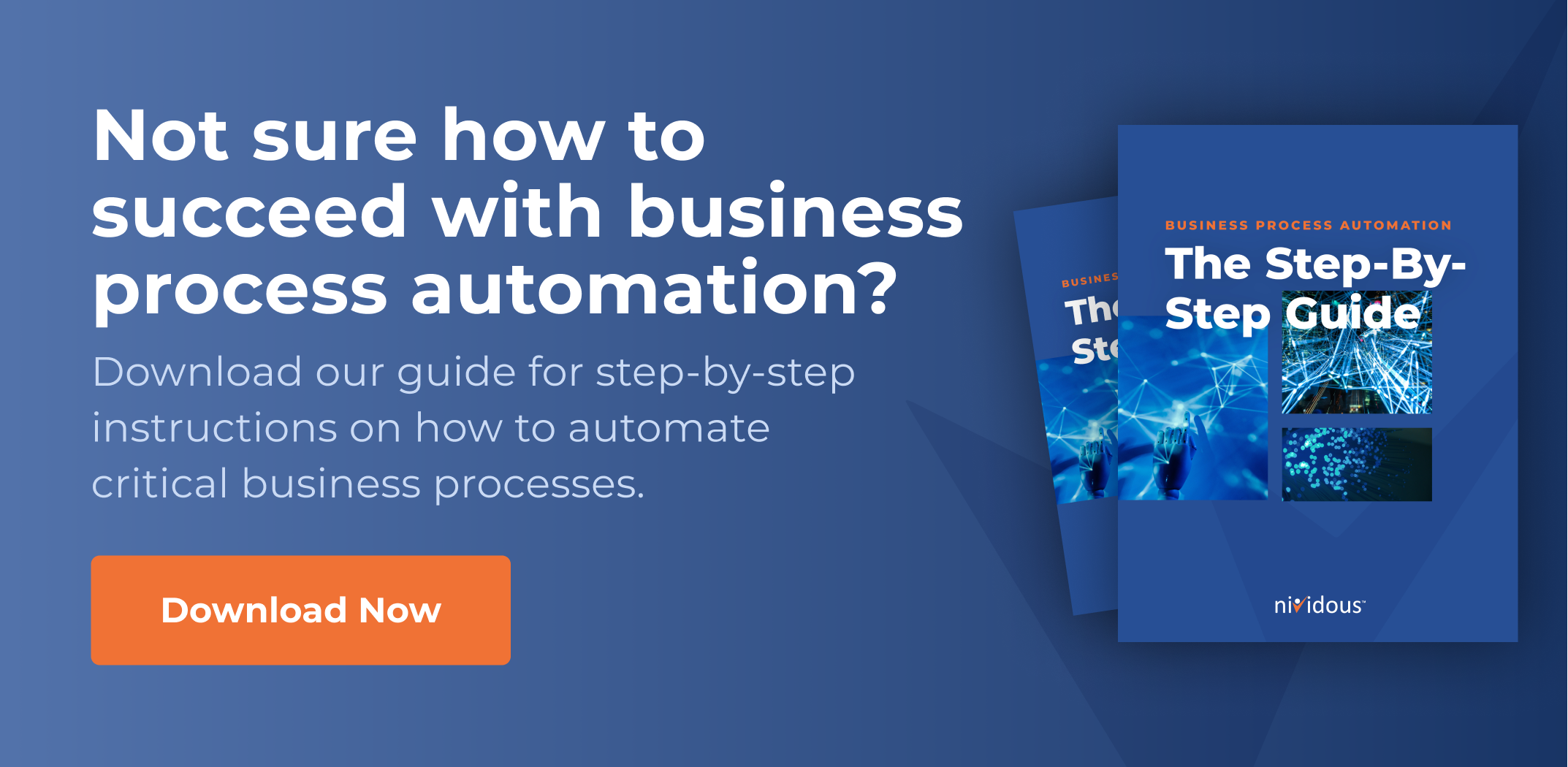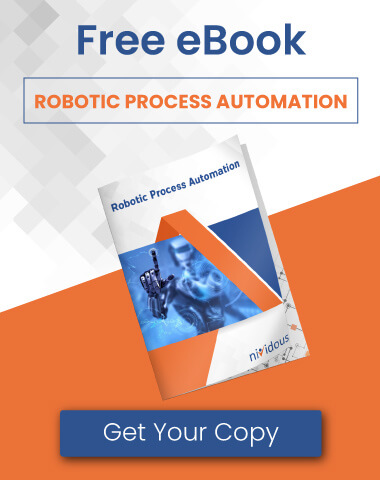A full 90% of consumers say it’s important to get “immediate” answers to customer service questions. Slow response leads to dissatisfied customers, which negatively affects revenue. The direct relationship between call times and the bottom line makes Average Handle Time (AHT) an important Key Performance Indicator (KPI) for every contact center. This metric describes the average length of contact center engagements, by phone, chat, or text—and generally speaking, the lower it is, the better.
The optimal AHT rate is typically under 10 minutes for customer service interactions, according to two thirds of consumers. But what’s the best way to control AHT, keeping it at an optimal rate? We asked customer service experts across industries for the strategies they’ve used to improve AHT. Here are their top tips.
Reducing Average Handle Time At Call Centers: 5 Proven Strategies
1. Create a searchable knowledge database.
The faster agents can access the information they need to help a customer, the lower your AHT will drop. That’s why Steve Pogson, strategy lead at e-commerce agency First Pier, recommends that contact centers empower agents with a searchable database of answers.
“By providing timely access to knowledge resources, agents will be able to quickly and efficiently resolve regular customer service concerns, saving them time and effort in the process,” Pogson says. “Incorporate a search engine within the knowledge base in order for agents to retrieve relevant information as quickly as possible.”
2. Keep customer profiles and interaction histories updated.
When Hubspot asked 1,000 consumers for the most frustrating part of a customer service interaction, 33% listed having to repeat themselves. Repetition doesn’t just frustrate customers; it also adds up to higher AHTs.
That’s why it’s crucial to track every customer interaction, says Ryan Yount, CEO and help desk supervisor at software company LuckLuckGo. “Ensure the caller history is up to date with all previous conversations,” Yount says. “The inquiry can then be picked up, making the process seamless for the customer.” That’s also how to improve AHT in a call center.
3. Conduct periodic AHT analyses.
You can’t optimize a process you don’t understand. The first step toward reducing average handle time in call centers is to find out what’s taking so long, says Charvel Rebagay, founder of contact center outsourcing company Digital Minds BPO.
“Regularly conduct an AHT analysis wherein you investigate the reasons for the higher AHT,” Rebagay says. “Review the calls of the agents with the highest AHT. Once you know the common reasons for high AHT, you can implement a fix.”
4. Identify and understand the moments of silence.
As you review call recordings, listen for long pauses. These can indicate flaws in call center processes, says Matt Weidle, business development manager at consumer research site BuyersGuide.org.
“When pauses occur during service interactions, it is critical to determine what is going on by recording calls and monitoring all other channels,” Weidle says. “Is vital information missing from the CRM database? Is the agent awaiting a response from a coworker? Understanding pause periods allows brands to improve service and reduce AHT.”
5. Automate customer service processes.
Many of our sources mentioned the role of automation in reducing contact center AHT. That could take the form of AI chatbots and voicebots, which automate interactions themselves. You can also automate customer service processes, like onboarding, so agents don’t have to complete them manually.
Of course, automation isn’t a direct solution for how to reduce call handling time. When conversational AI handles routine calls, you may see your agents’ AHT go up, as they’re now free to focus on more complex scenarios. But these automations lead to successful resolution for higher call volumes, creating more happy customers along the way—which is the goal of lower AHTs in the first place.
The Nividous intelligent automation platform combines Robotic Process Automation (RPA), Business Process Management (BPM), and Artificial Intelligence (AI) to automate key business processes from beginning to end. This end-to-end process automation is a powerful way to improve AHT in contact centers, and can radically boost efficiency in virtually any back-office procedure.






